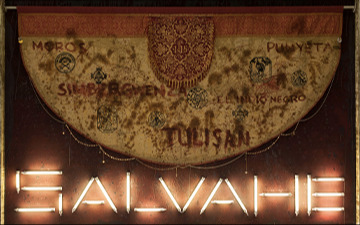
Rituals of Invasion and Resistance (1992 – 2017)
Curated By Patrick D. Flores
Jorge B. Vargas Museum, Quezon City
Installation Views
About
Silverlens is pleased to announce Rituals of Invasion and Resistance (1992 – 2017) by Norberto Roldan, survey show exhibiting 25 years of work from 1992 to 2017 at the Jorge B. Vargas Museum at University of the Philippines - Diliman. Curated by Dr. Patrick D. Flores, the exhibition is on view from 2 September to 5 October 2017. It is presented by Vargas Museum in cooperation with Silverlens Galleries.
Delicate is the line between the flux of everyday life and the meanings through which it is stilled. The exhibition initiates the critical passage through this gap by thinking about the discourse of the art of the time, which is restless, and the study of human action, which tends to be tidy. Norberto Roldan reflects on the subtle distinctions between sensing objects within the order of things and coming to terms with life and art. Both reveal a self-consciousness of thecurrent and the contingent, that which plays out and that which makes possible.
The exhibition surveys the artist’s works in the field of installation beginning in the nineties. Traces of the impulse to install may be found in both folk ritual and contemporary art. In his experience, it begins with textile from his hometown in Negros Occidental in the Visayas. Pieces of local cloth called the patadyong are stretched on scrap wood and bamboo to possibly allude to a shrine to nature and spirit. It is an index of memory, a marker of site, and eventually an invitation to gather.
Such a lively but also flimsy intimation of province and thus of lineage leads the corpus ofRoldan to complicate and extend the potentials of installation. Images are made to loom large, altars are set up, lighting fixtures illuminate found objects, people are lured to confess, wonder, read, lose their religion, or recover their native creed. Roldan regards this environment as forming rituals of invasion and resistance, or the very political gestures of defending belief against belief.
This survey aims to position my installations as the backbone of my art practice. As most of these works were shown in exhibitions abroad, it will be the first time to find them in juxtaposition with one another in one venue, either in their original forms, new iterations, or as reconstructions.
The survey highlights two particular works, The Black Box and Between Salvation and Damnation within the larger context of my practice preoccupied with investigating Filipino spirituality, indigenous belief systems, and the Filipino struggle against imperial dominations.
The Black Box is a new iteration from the original work Confessional Box (2004). Though the practice of confession among Catholics has had socio-political and moral implications in the Filipinos’ history with Spain, The Black Box (2017) is a semi-autobiographical work, hence it deals with a more personal history.
Between Salvation and Damnation (2014-2017) is inspired by the Minor Basilica of the Black Nazarene in Quiapo at the heart of the city of Manila. In the immediate vicinity of Quiapo Church, as it is popularly known, is where ordinary Filipinos go to. To seek divine intervention, faith healing, fortune telling, herbal remedies for medical conditions, and amulets to counter life’s misfortunes when besieged by bad spirits. At the North side of the Basilica is the Masjid al- Dahab, or the Golden Mosque, situated in the Muslim section of Quiapo. The Golden Mosque acquired its name for its gold-painted dome and also because it is located in Globo de Oro Street. It was constructed during the Martial Law regime of Ferdinand Marcos under the supervision of then First Lady Imelda Marcos. It was part of their preparation for the planned visit of Libyan president Muammar al-Gaddafi which did not materialize. Between Salvation and Damnation stands as metaphor for the very locus of the sacred and the profane in Philippine society.
The installations straddle between contemporary art and anthropology. It borrows anthropology’s focus on the interpretation of objects as material culture. While contemporary art is a process of negotiation between ‘life’ and ‘art’ within the context of a discourse, anthropology approaches this negotiation in relation to a wider public context. Contemporary Asian art tends to be more personal and intricately enmeshed with everyday life while anthropology is expected to be socially and historically contingent. The installations find comfort in the thin line that separates these two positions that are neither absolute nor passive.
Norberto Roldan
July 20, 2017
Roldan founded Black Artists in Asia in 1986, a Philippines-based group with a socially and politically progressive art practice. In 1990 he authored and initiated VIVA EXCON (Visayas Islands Visual Arts Exhibition and Conference), the longest running regional biennale in the Philippines. He co-founded Green Papaya Art Projects in Quezon City in 2000 which remains to be the oldest active independent and multi-disciplinary platform in the country. Roldan’s practice is rooted in social, political and cultural issues. His installations, assemblages and paintings of found objects, text fragments and found images address issues surrounding everyday life, history and collective memory. His artistic process engages with ways in which material objects can be re- appropriated in another context, an anthropological study that blurs the boundaries between past and present.
He is represented in several landmark surveys of Southeast Asian contemporary art: New Art from Southeast Asia, Fukuoka Asian Art Museum (1992); Negotiating Home History and Nation: Two Decades of Contemporary Art in Southeast Asia 1991-2011, Singapore Art Museum (2011); No Country: Contemporary Art For South/Southeast Asia, Solomon R Guggenheim Museum (2012); Between Declarations & Dreams: Art of Southeast Asia Since the 19th Century, National Gallery Singapore (2015); and, Sunshower: Contemporary Art from Southeast Asia 1980s to Now, National Art Centre Tokyo and Mori Art Museum (2017). He is also represented in two current Philippine exhibitions: Passion and Procession: Art of the Philippines, Art Gallery of New South Wales (2017); and, Philippine Art: Collecting Art, Collecting Memories, Asian Art Museum-San Francisco (2017).
Works

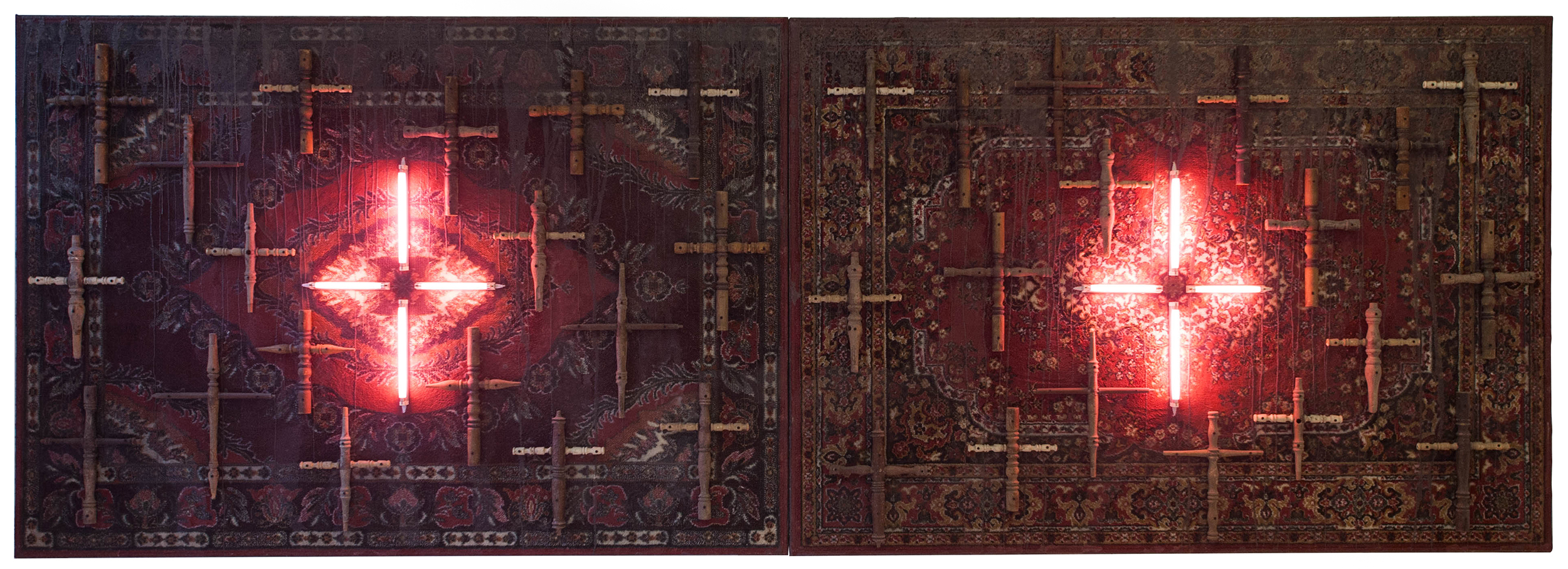
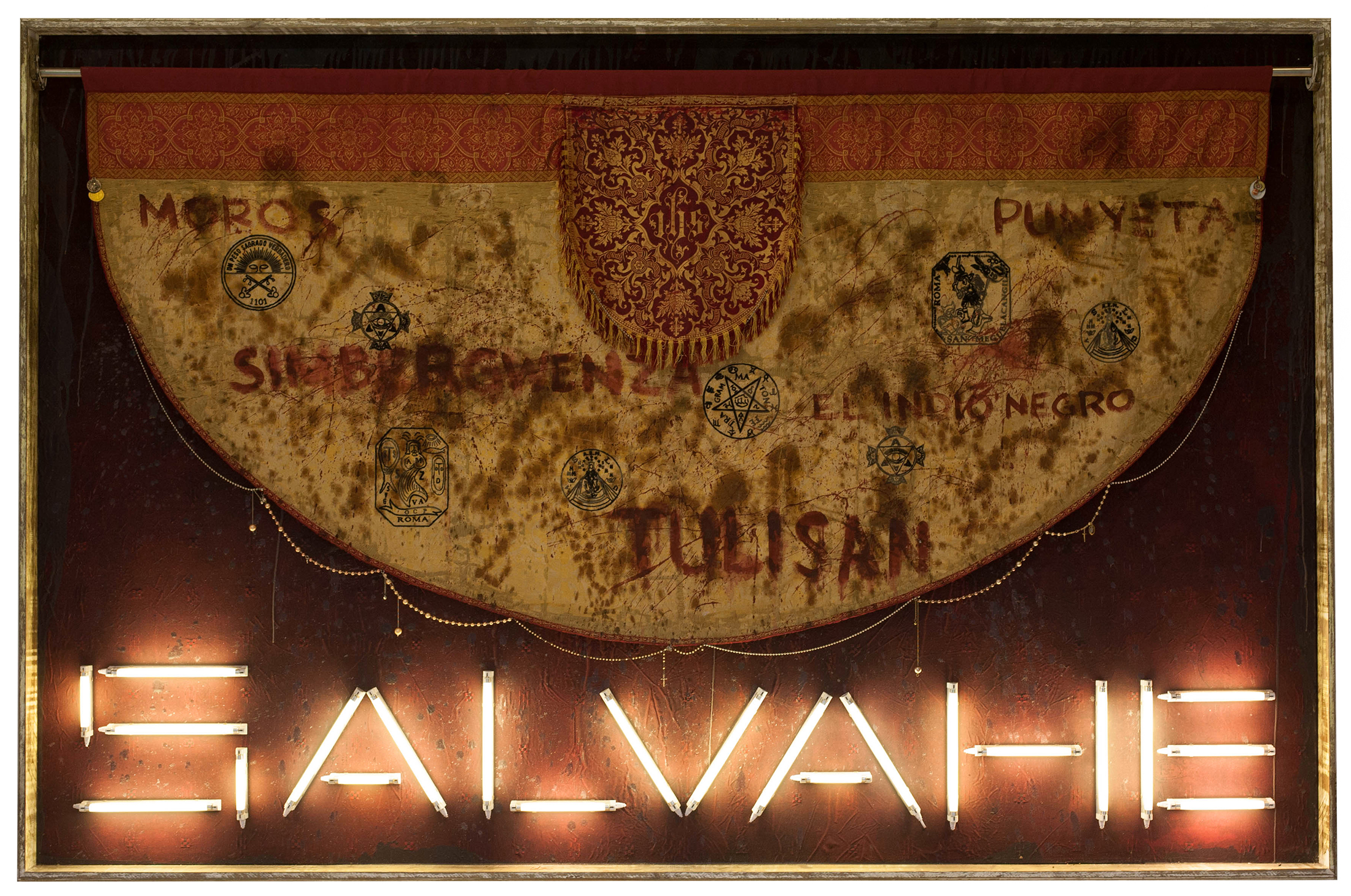
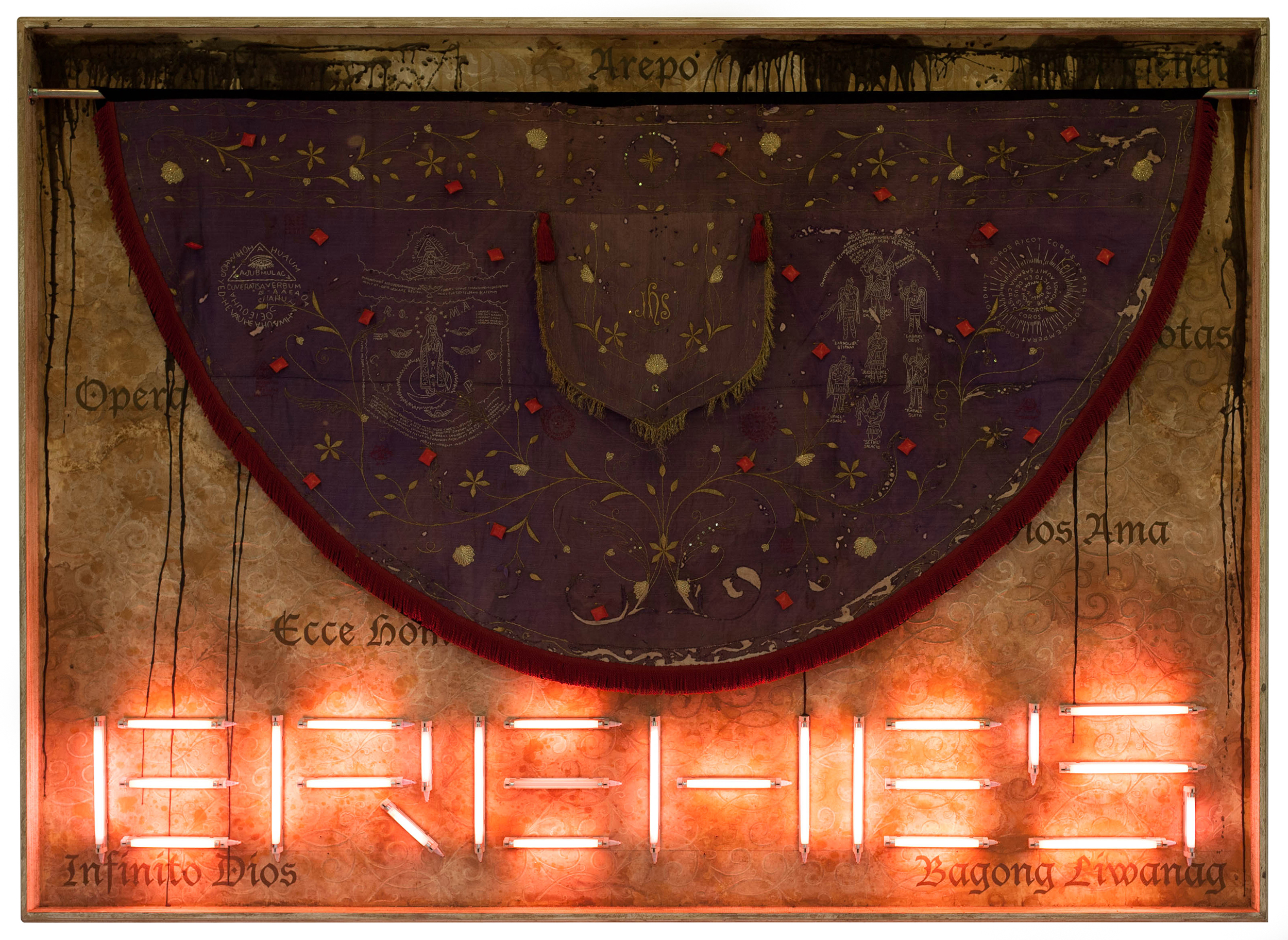
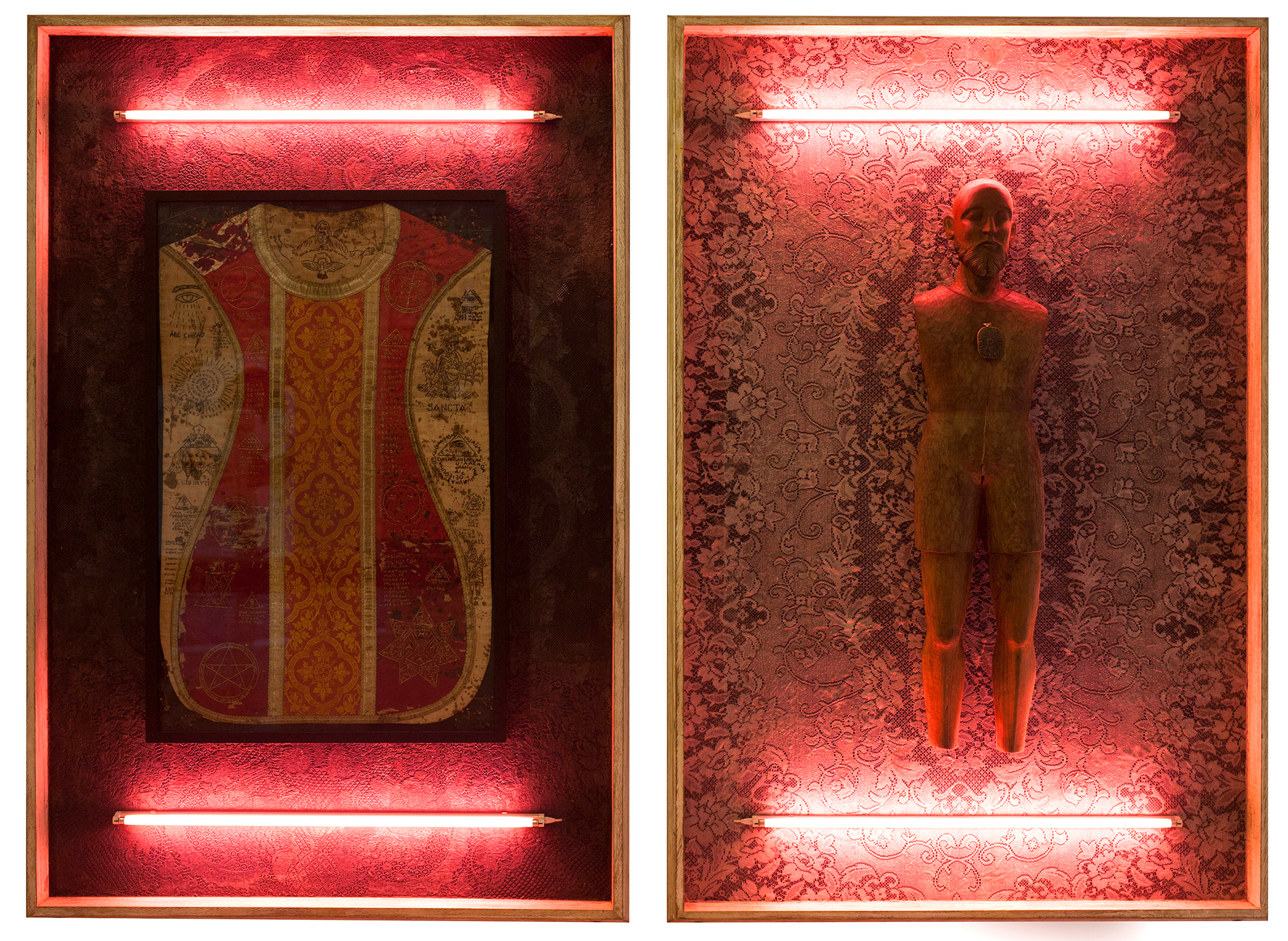
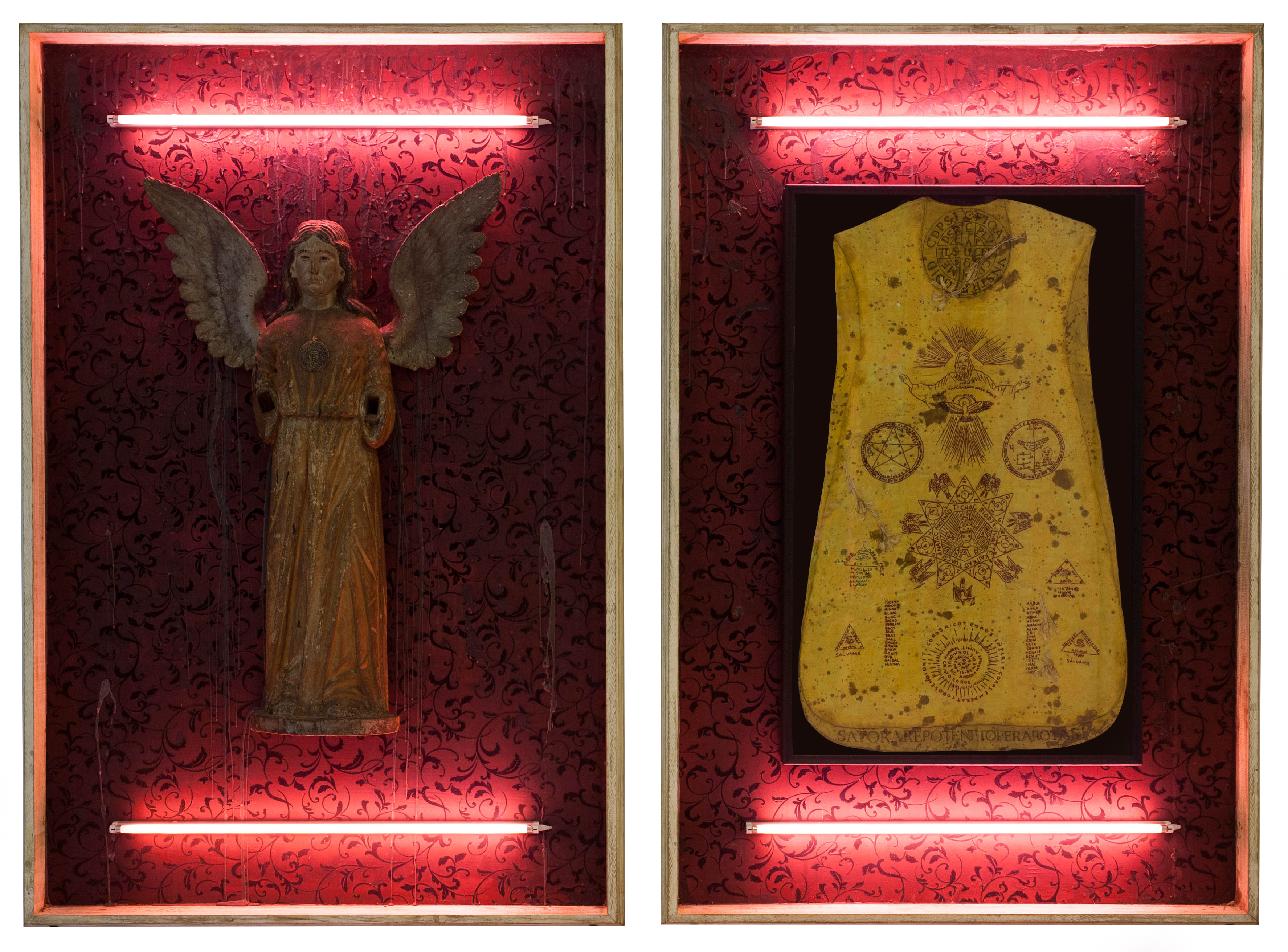
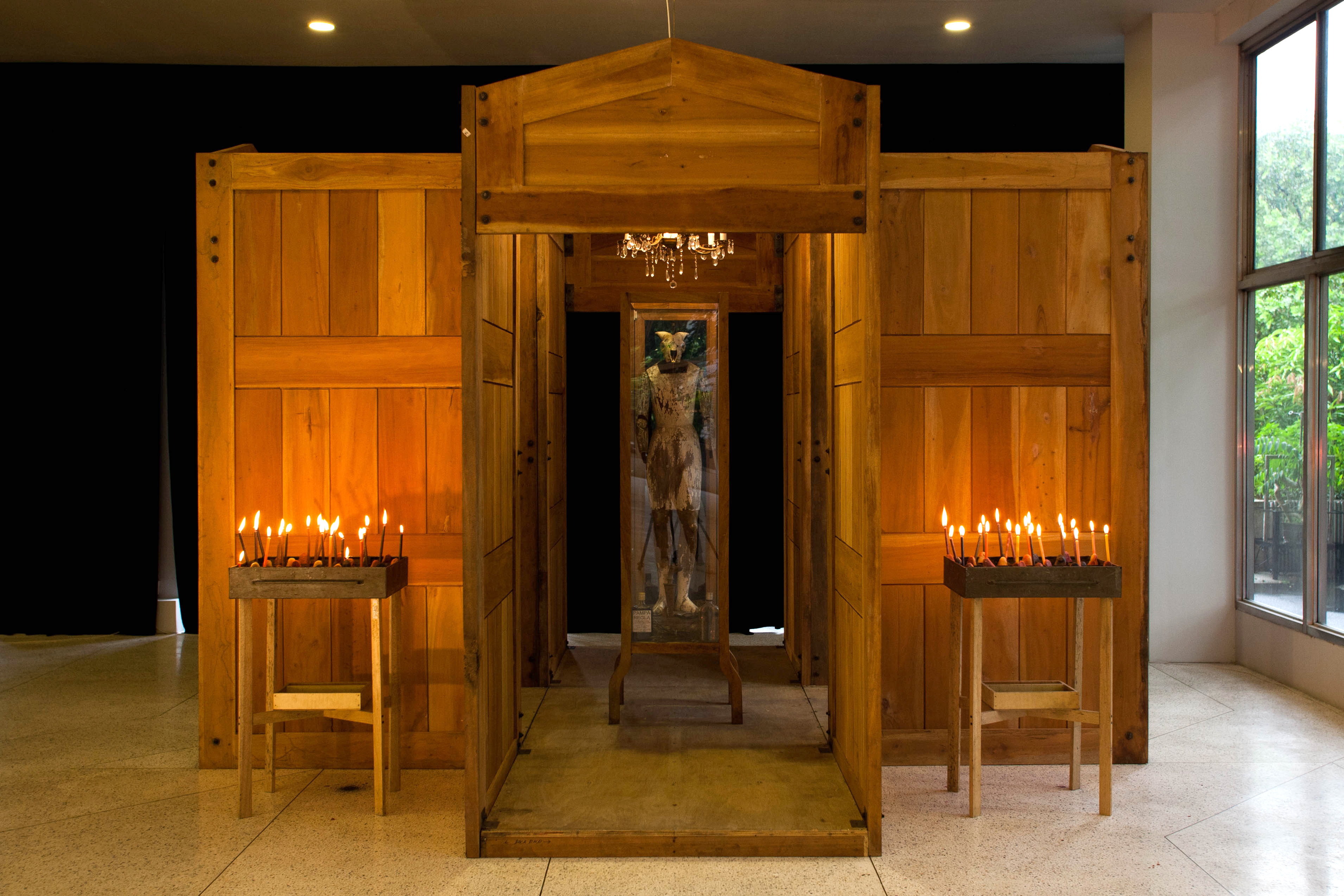
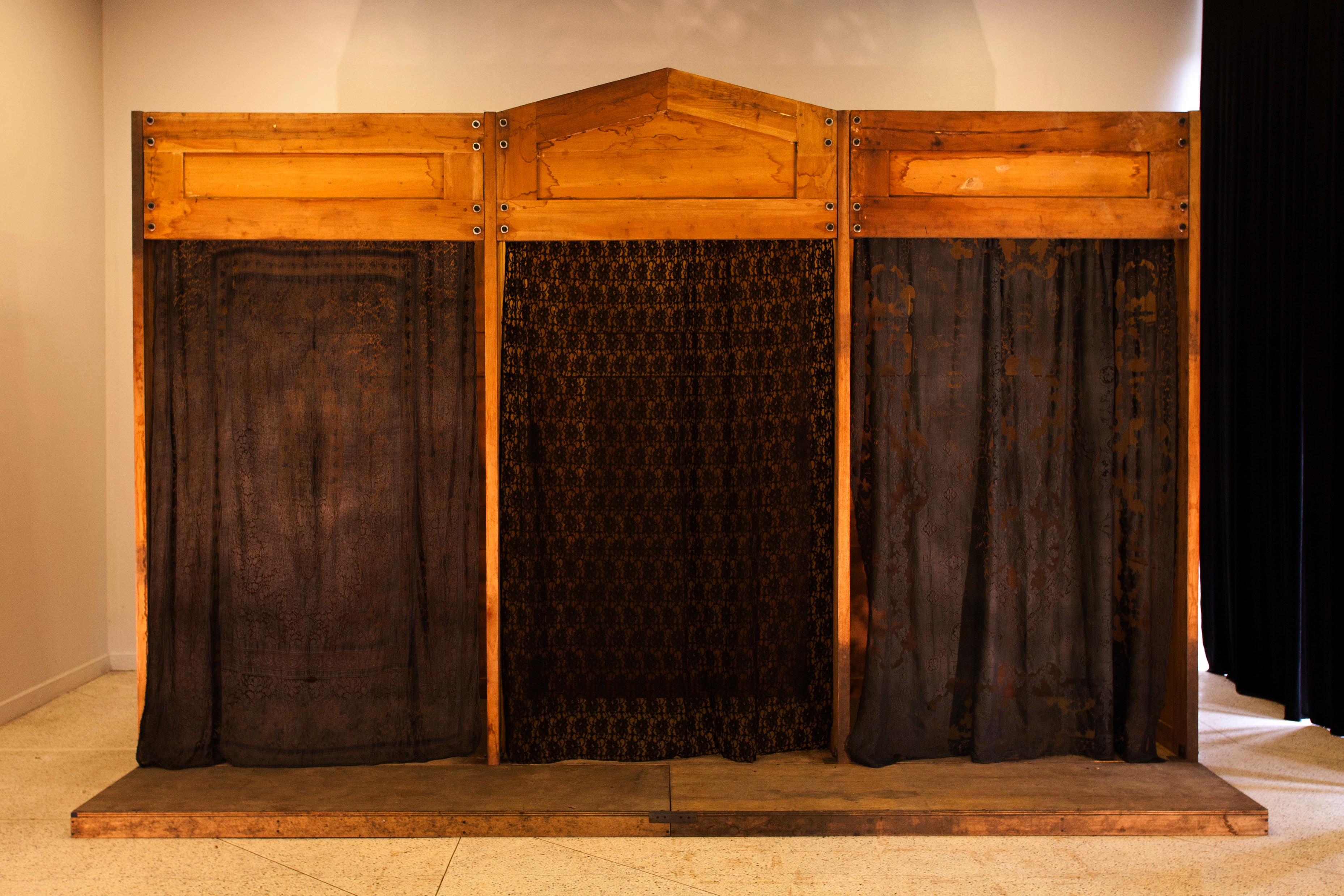
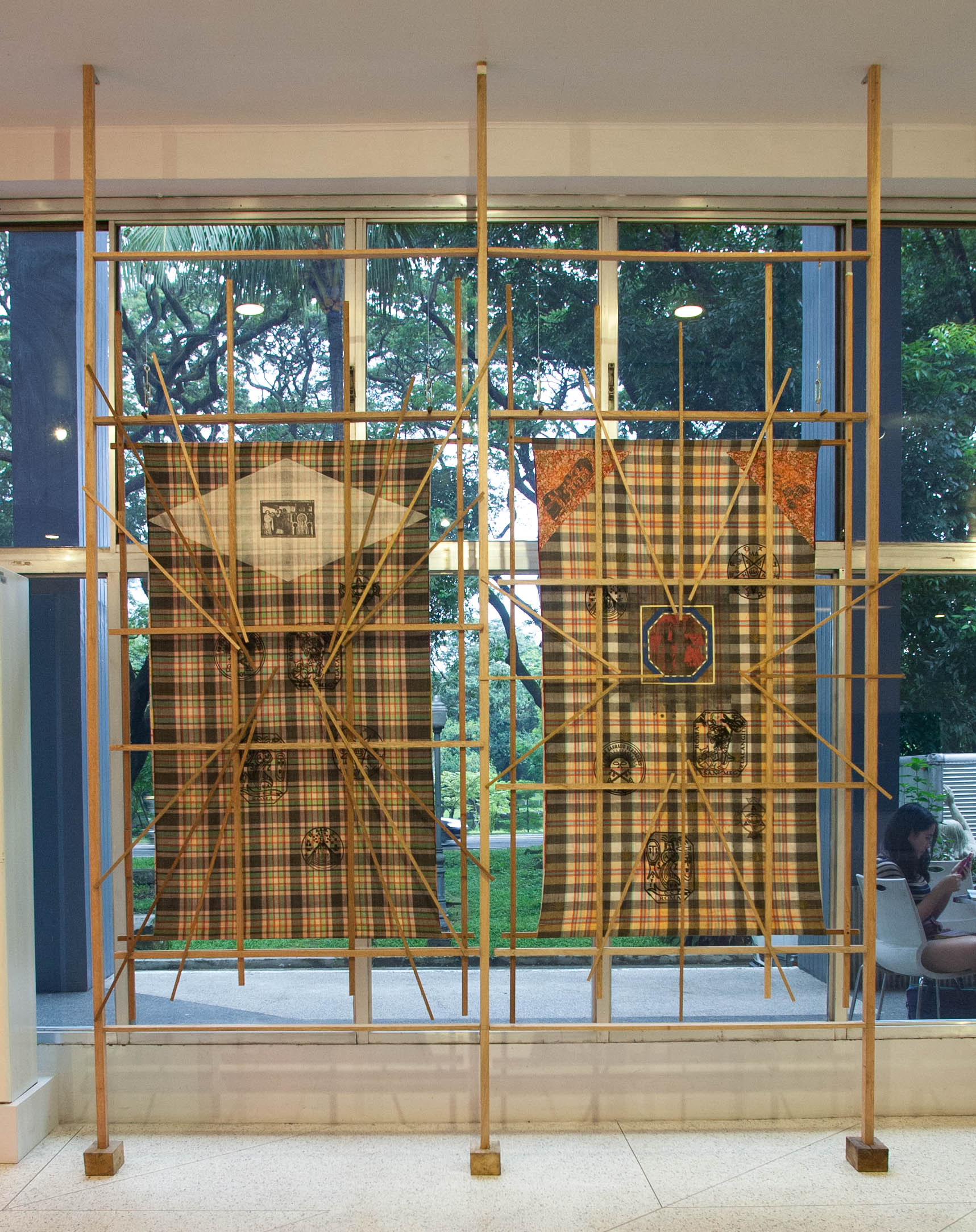
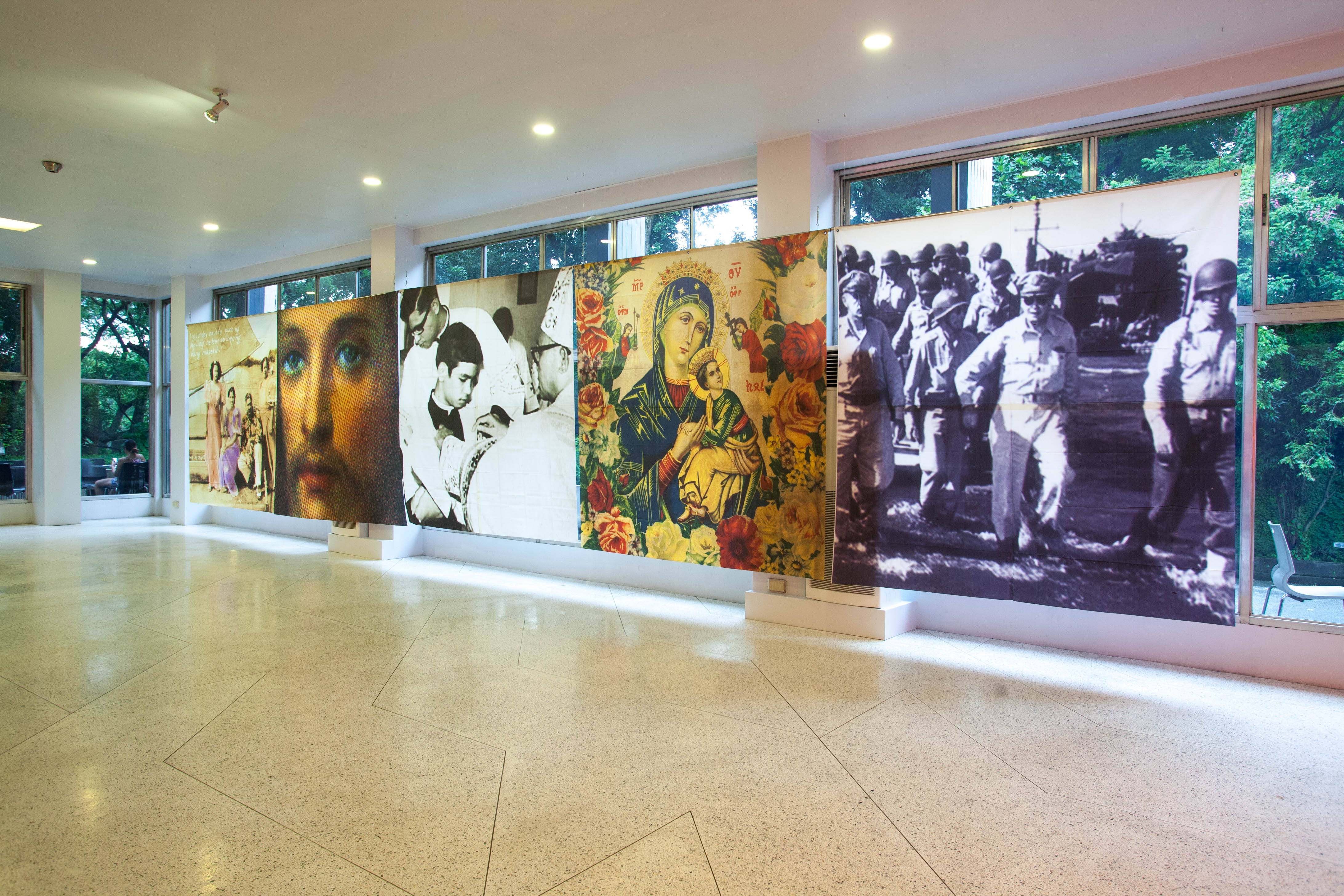
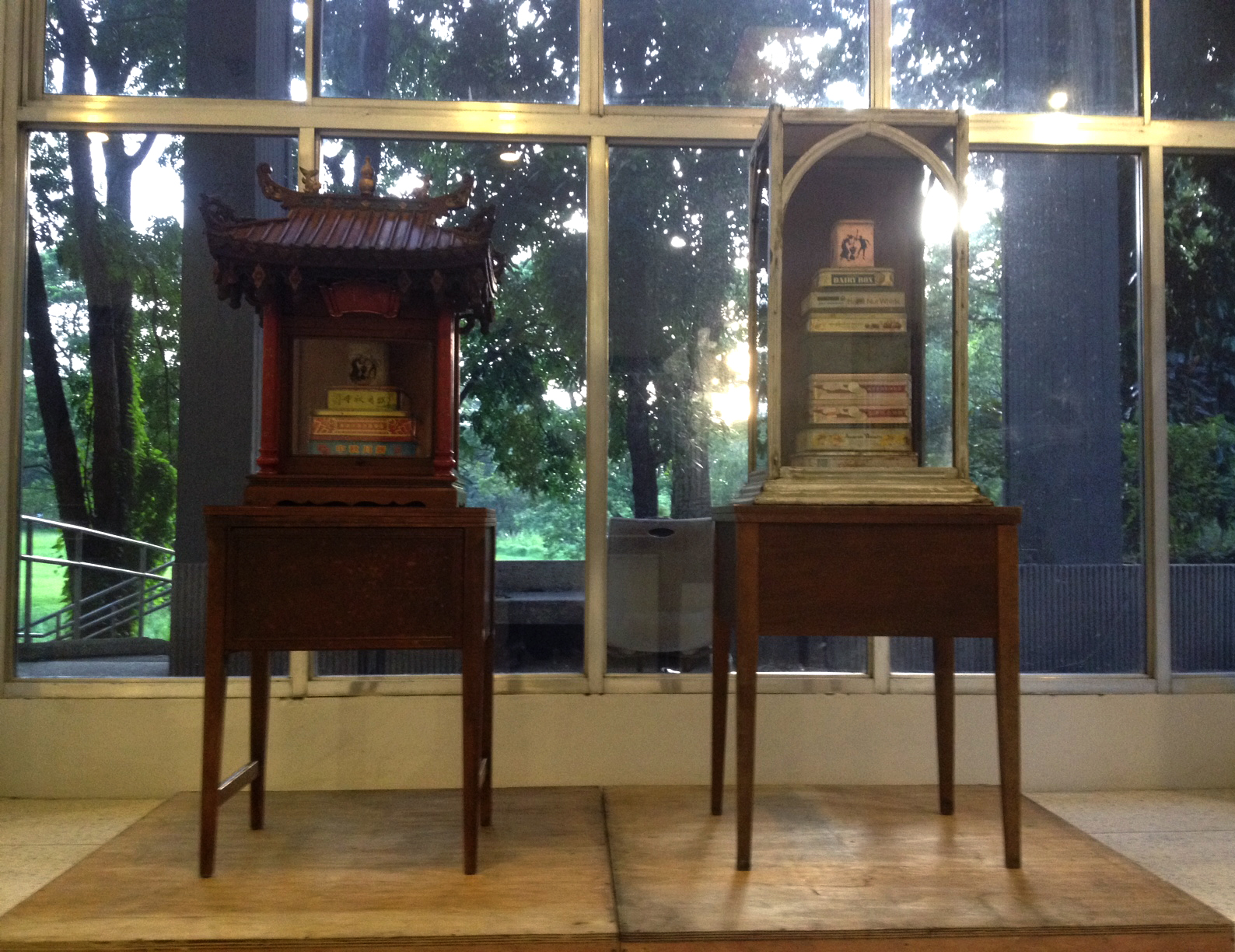
Artist Page
